Prince Philip dedicated his life to playing the supporting role
While known for outrageous statements many saw as bigoted, Prince Philip made personal sacrifices to support the Queen.
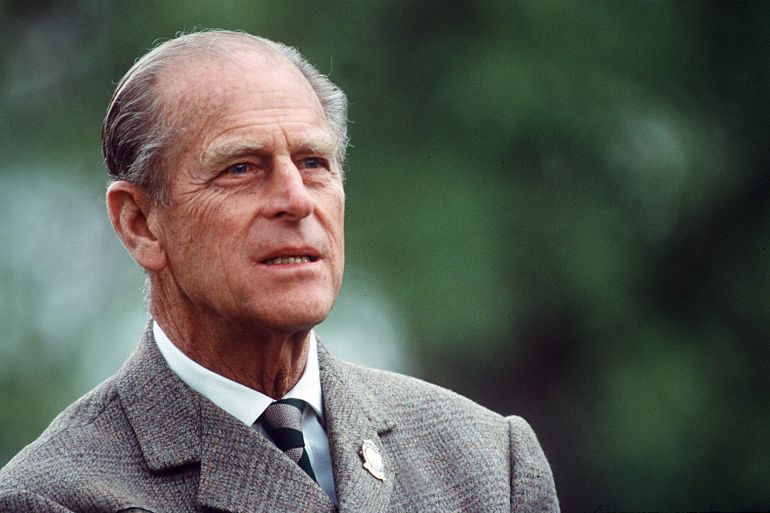
Prince Philip, the husband of Queen Elizabeth, has died at 99, Buckingham Palace said on Friday.
He had recently been hospitalised with an infection.
Keep reading
list of 4 itemsBritain’s Prince Charles tests positive for coronavirus
British royal coffers take $45m hit from COVID-19
Queen Elizabeth hails ‘people’s spirits’ in Christmas Day message
He was born on June 21, 1921, in Greece, although his family were exiled from the country while he was an infant.
A member of the Greek and Danish royal families, he joined the British Royal Navy in 1939, aged 18, after being educated in France, Germany and the United Kingdom.
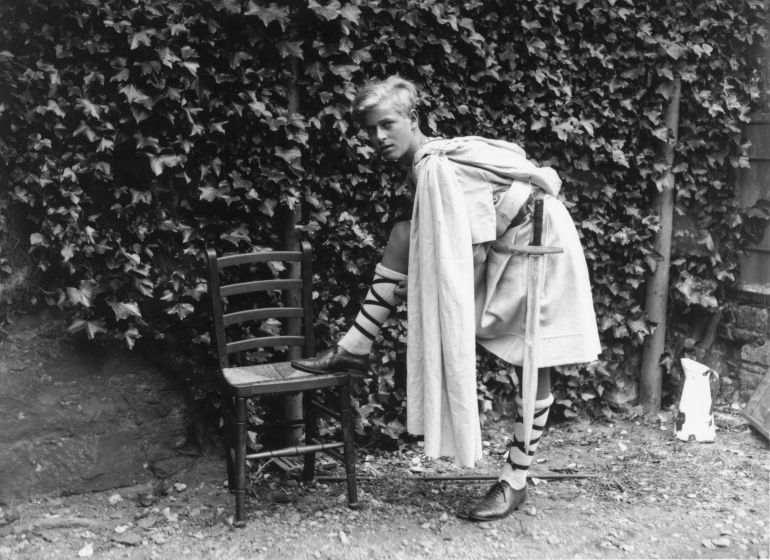
That same July, he began corresponding with Princess Elizabeth, a distant cousin of his who was then only 13.
He was in the navy throughout the Second World War, serving with distinction in the Mediterranean and Pacific fleets.
After the war, King George VI granted him permission to marry Elizabeth. Before their engagement was officially announced in July 1947, he gave up his Greek and Danish royal titles, became a naturalised British subject, and took on the surname of his maternal grandparents – Mountbatten.
He was given a title, the Duke of Edinburgh, and he married Elizabeth, then still a princess, on November, 20, 1947.
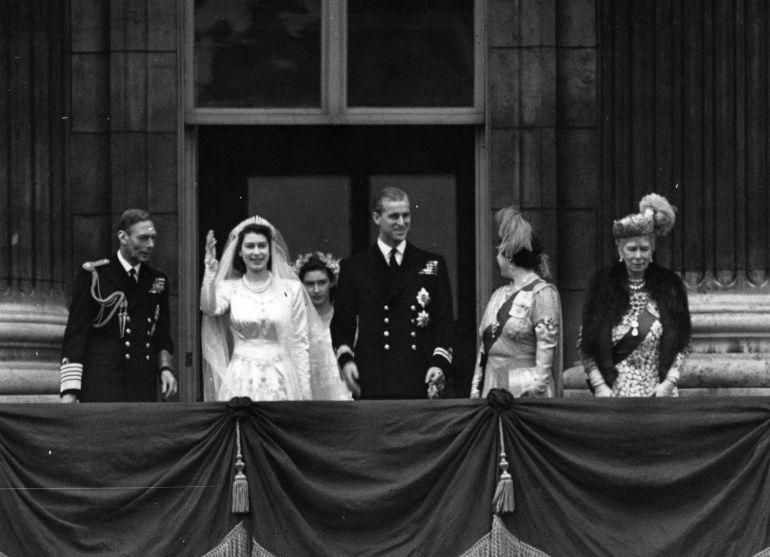
The couple moved to Malta, where he was posted. But he soon left active military service when Elizabeth became queen in 1952, and officially became a British prince in 1957.
“Formally dedicating his life to playing the supporting role to his wife went against the grain of his overtly masculine character,” Philip Eade, author of Young Prince Philip: His Turbulent Early Life, told Al Jazeera.
“In some ways, Elizabeth’s coronation put the final seal on the sacrifice he had made of his freedom – he had to relinquish his cherished naval career. Afterwards, he was obliged to channel his energies into his new responsibilities, only driven now by his strong sense of duty rather than by his passion.”
During the 70 years he spent carrying out royal duties – which he only stepped back from in 2017 at the age of 95 – Prince Philip accompanied the queen around the world, on Commonwealth tours and state visits, as well as carrying out more than 22,000 solo engagements.
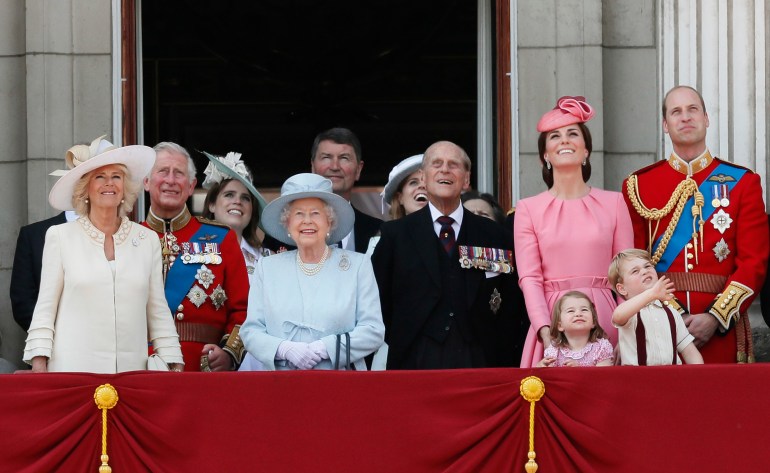
He visited 143 countries in an official capacity, and was involved with more than 780 organisations. One of the most successful was the Duke of Edinburgh’s Award, a programme for teenagers, which started in 1956.
“What struck me about him always was his enormous diversity of interests and also the depth of them. He really was a polymath,” said Charles Anson, who was the Queen’s press secretary from 1990 to 1997.
“He took an interest in young people with the Duke of Edinburgh’s Trust, he took an interest in wildlife, with his work with the World Wildlife Fund, in tech and science.”
Prince Philip oversaw the modernisation of Buckingham Palace after the Second World War, as well as reorganising the Balmoral and Sandringham estates and becoming ranger of Windsor Great Park.
“He wanted to make the royal household and the monarchy less stuffy, not to have so much formality everywhere,” said Anson. “I think he was influenced by his naval career. He wanted things to be friendly within a disciplined environment, not formal and overly stiff.”
As royal consort for seven decades, Prince Philip has widely been acknowledged as a huge support for Queen Elizabeth.
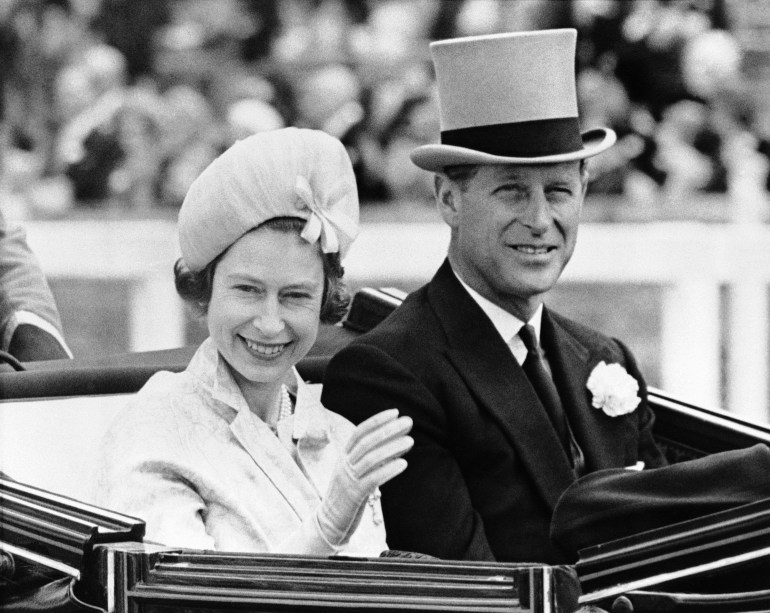
As long ago as 1957, Time magazine credited him for the young queen’s growing confidence, saying that the “mousy, slightly frumpy and occasionally frosty bride has blossomed into a self-confidently stylish and often radiantly warm young matron”.
At their golden wedding anniversary in 1997, Queen Elizabeth famously described him as “my strength and stay all these years”.
The couple had four children – Prince Charles, Princess Anne, Prince Andrew and Prince Edward.
“He was a remarkable consort,” said Anson. “He was an enormous help and took a big interest in how things were run day-to-day. Sometimes when I went to see the queen with a work matter, she’d say ‘have you talked to Prince Philip?’ If I said’ not yet’, she’d say, ‘run it past him’, or ‘talk to him about it’.
“He was easy to talk to and encouraged dialogue. It’s a mark of the man that he had tremendous loyalty from his staff.”
But throughout his public life, Prince Philip also caused controversy with misjudged jokes or comments perceived as bigoted.
In 1986 on a royal visit to China, he told a group of British students: “If you stay here much longer you’ll all be slitty-eyed.”
In 2002, during a visit to Australia, he asked a successful aboriginal businessman: “Still throwing spears?”
Closer to home, in 1995 he asked a Scottish driving instructor: “How do you keep the natives off the booze long enough to pass the test?”
These incidents always brought media attention, but Prince Philip had little direct dealing with the press and rarely made public statements or gave interviews.
According to Eade, the biographer, he did, however, collect newspaper cartoons aimed at himself.
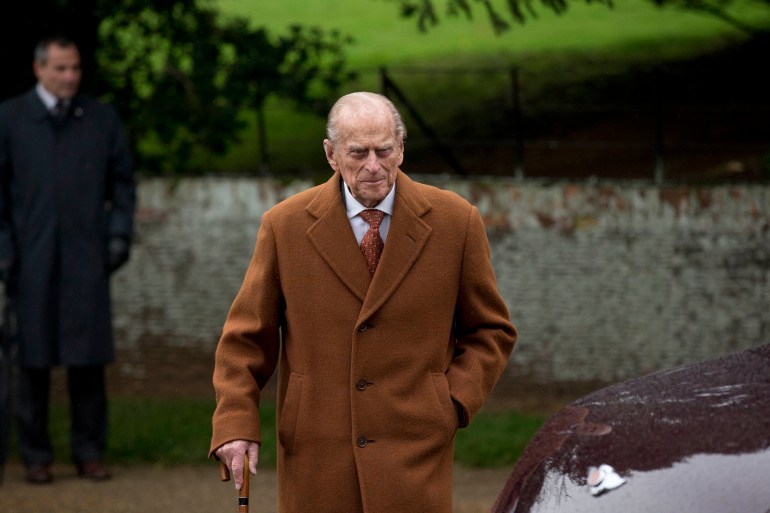
“One of the reasons that biographers keep returning to Prince Philip is that, quite apart from his unique position in the life of the nation, his character was so full of paradoxes,” says Eade.
“He was intelligent and enquiring, interested in psychology, philosophy and religion, as well as in science, technology and the natural world. Nevertheless, his ideas were not always well thought through.
“Dynamic, driven, outspoken and prone to explosions of both ardour and anger, he was never cut out by temperament for a secondary role; however, that is what he ultimately chose for himself.
“He performed the role with utter devotion.”